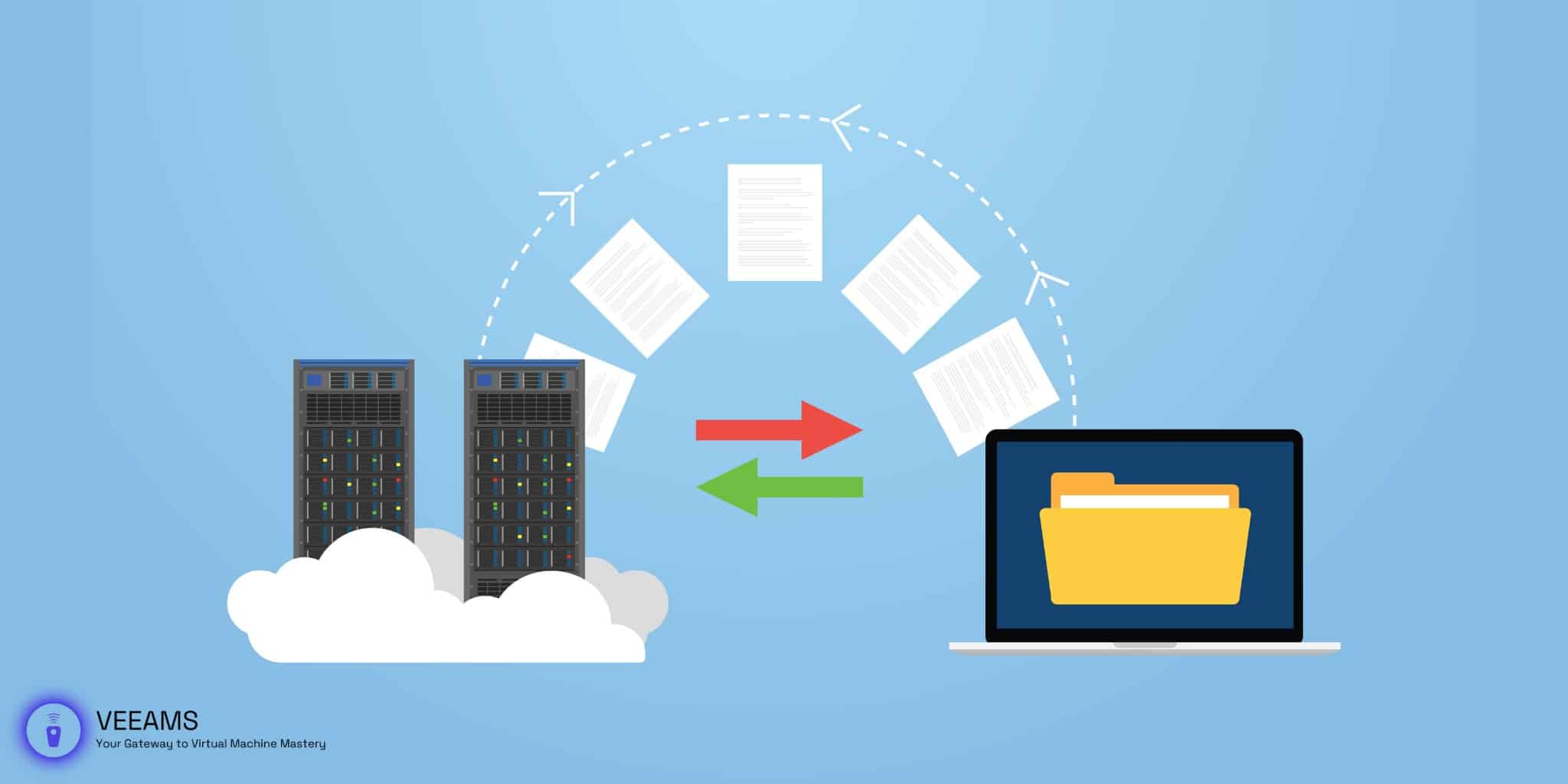VMware Migration: What Beginners Should Know
VMware Migration refers to the process of moving physical or virtual systems into a VMware-based virtualized environment. This process can be complex, involving several steps to ensure data integrity and minimal downtime.
VMware, a global leader in cloud infrastructure and digital workspace technology, accelerates digital transformation by enabling unprecedented freedom and flexibility in how customers build and evolve IT environments. With VMware solutions, organizations are improving business agility by modernizing data centers and integrating public clouds, driving innovation with modern apps, creating exceptional experiences by empowering the digital workspace, and safeguarding customer trust by transforming security.
Benefits of VMware Migration
- Improved Efficiency: Virtual environments can host multiple virtual machines (VMs) on a single physical server, significantly improving hardware utilization.
- Enhanced Flexibility: VMware allows for easy scaling and resource allocation, meeting dynamic business needs.
- Cost Reduction: Virtualization reduces the need for physical hardware, saving on hardware costs and maintenance.
- Disaster Recovery: Enhanced capabilities for backup and disaster recovery solutions.
Preparing for Your Migration: Essential Steps Before You Start
Before embarking on the migration process, certain preparatory steps are crucial:
- Assessment and Planning: Evaluate your current IT infrastructure, identify which systems are suitable for virtualization, and create a detailed migration plan. This step often involves assessing the performance and capacity requirements of your workloads.
- Selecting the Right VMware Products: Choose from VMware’s extensive product line, like VMware vSphere for server virtualization or VMware NSX for network virtualization, depending on your specific needs.
- Backup and Documentation: Ensure that all data is backed up and document your current system configurations. This step is vital for disaster recovery and troubleshooting during the migration process.
- Testing the Environment: Set up a test environment to validate the migration process. This reduces the risk of downtime and data loss during the actual migration.

Executing the Migration: Step-by-Step Instructions
The actual migration process involves several key steps:
- Installing VMware Tools: Begin by installing VMware Tools on the machines to be migrated. This software enhances the performance and management of virtual machines.
- Physical to Virtual (P2V) Conversion: For physical servers, use VMware vCenter Converter for P2V conversions. It simplifies the process and ensures data integrity.
- Virtual to Virtual (V2V) Migration: If migrating from another virtual platform, tools like VMware vMotion facilitate seamless V2V migrations without service interruption.
- Data Transfer and VM Configuration: Transfer data to the newly created VMs and configure network settings, storage, and other essential parameters.
- Validation and Testing: After migration, thoroughly test the VMs to ensure they are functioning as intended. Check for application compatibility, performance issues, and security vulnerabilities.
Common Challenges and Solutions in VMware Migration
Migrating to a VMware environment can present challenges:
- Downtime: Minimize downtime by scheduling migrations during off-peak hours and using tools like VMware High Availability.
- Data Loss: To mitigate data loss risks, ensure robust backup mechanisms are in place before starting the migration.
- Compatibility Issues: Conduct thorough testing in the planning phase to identify and resolve any compatibility issues with applications or hardware.
Post-Migration Checklist: Ensuring a Smooth Transition
After migration, perform the following checks:
- System Monitoring: Monitor the VMs for any performance issues or anomalies.
- Resource Allocation: Adjust resources like CPU and memory allocation based on the performance monitoring results.
- Security Updates: Ensure all VMs are updated with the latest security patches and comply with organizational security policies.
Optimizing Your VMware Environment Post-Migration
Post-migration, consider these optimization strategies:
- Regular Audits: Conduct regular audits of your VMware environment to ensure efficient resource utilization and compliance with best practices.
- Automation: Implement automation for routine tasks to improve efficiency and reduce the risk of human error.
- Continued Education: Stay informed about the latest VMware features and updates to continually optimize your virtual environment.
Frequently Asked Questions About Migrating to VMware
How long does a VMware migration typically take?
The time varies based on the size and complexity of the environment. A small to medium-sized environment might take a few days, while larger deployments could take weeks.
What is the average cost of migrating to VMware?
Costs can range significantly depending on the scale and complexity of the migration, as well as the VMware products chosen.
Can I migrate to VMware from any virtualization platform?
VMware supports migrations from most major virtualization platforms, but specific compatibility should be confirmed during the planning phase.
